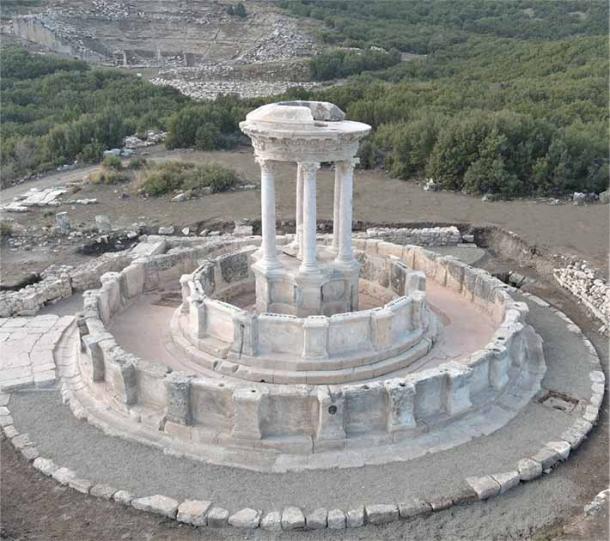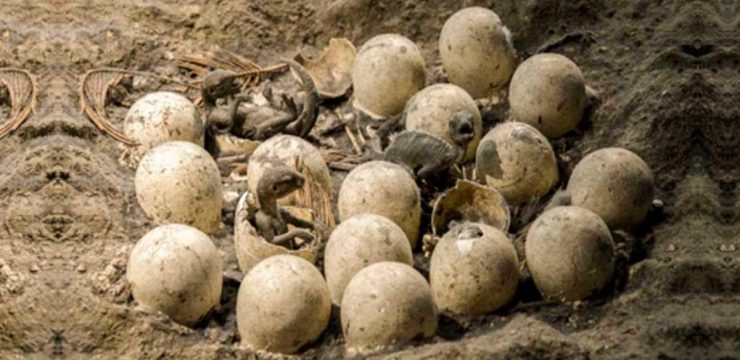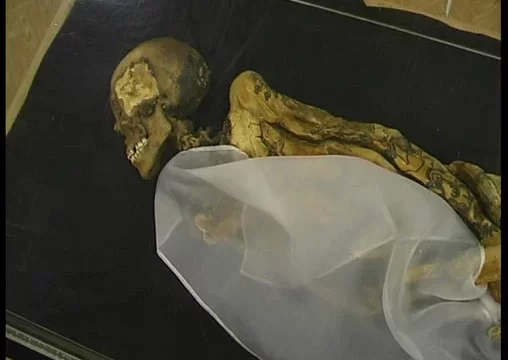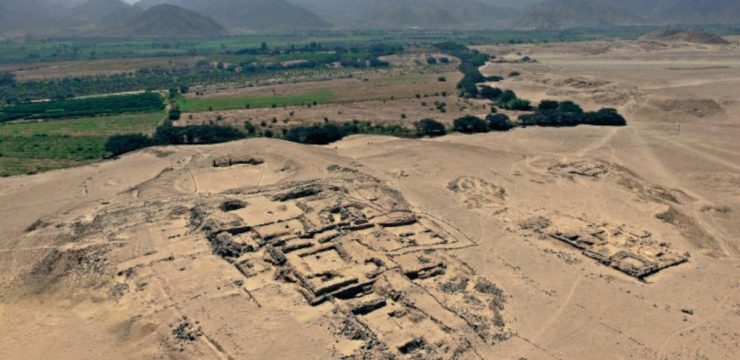An ancient fountain, once destroyed by a devastating earthquake in 23 BC, has been brought back to life in Turkey’s historic “City of Gladiators.” After lying dormant for more than 2,000 years, the restored structure now flows once again with clean, drinkable water—just as it did centuries ago in the Roman era.

The city where this remarkable revival has taken place is Kibyra, also known in antiquity as Cibyra Magna. Nestled in the township of Gölhisar, in the southwestern Burdur Province of Turkey, this ancient site holds immense historical value. In ancient times, Kibyra served as the capital of an independent state known as Cibyratis. It was strategically located just outside the northwestern boundaries of ancient Lycia—a prominent region of Anatolia that flourished from the 15th to the 14th centuries BC and later became known as Lukka until its absorption by the Persian Empire in 546 BC.
The earliest records of Kibyra, as noted by the ancient Greek geographer Strabo, describe the city as having been originally settled by the Lydians—an indigenous group in the region of Asia Minor. This industrious population built over a hundred stadiums and thrived until the Roman general Lucius Licinius Murena conquered the city in 83 BC, bringing it into the fold of the Roman province of Asia. Today, Kibyra is included in UNESCO’s World Heritage Tentative List and is widely known as the “City of Gladiators,” thanks to the massive stadium that once hosted intense and often brutal gladiatorial battles.
Archaeologists have now made a thrilling announcement: a monumental fountain—collapsed and buried for two millennia—has been restored, and for the first time in 2,000 years, water is again gushing through it. According to Dr. Sukru Ozudogru, an archaeologist with Mehmet Akif Ersoy University, his team has spent the last four months painstakingly collecting and assembling 150 original fragments recovered from the ruins. Their efforts have culminated in the full reconstruction of the ancient waterwork, which stands 50 feet in diameter and 26 feet tall. This round-plan fountain was originally constructed during the Roman period and remained in use for over 600 years.
A report by the Daily Mail reveals that the restoration not only involved piecing together the fountain’s physical structure but also reestablishing the original water source. Water now flows into the fountain from a spring, just as it did during ancient times. What makes this achievement even more fascinating is the way in which the water is delivered—through stone-carved mouths of lions and panthers. These animals were more than just decorative; they carried deep symbolism in Roman mythology and gladiatorial culture. Lions were associated with the god Dionysus, often depicted wearing a lion skin, while panthers were linked to Heracles, who was frequently portrayed resting on a panther skin. Both animals were also common opponents in the blood-soaked spectacles that took place in Roman arenas.
In fact, the connection to gladiators is what sets Kibyra apart from many other ancient cities. The discovery of a 10,400-seat stadium in the city cemented its identity as a major hub for gladiatorial games. These fights weren’t just limited to man-versus-man combat; they also featured dangerous encounters with wild beasts like lions and panthers. So, the presence of these animal figures in the fountain’s design reinforces the city’s historical branding as a gladiatorial epicenter.
The restored fountain embodies a fusion of Roman and Byzantine architectural influences. While the city’s prominence as a center for deadly entertainment endured for over a thousand years, much of it was nearly wiped out by the 23 BC earthquake. Fortunately, thanks to efforts by ancient citizens and modern archaeologists alike, the fountain—one of the city’s standout features—has been revived. The restoration required 68 original architectural components, along with 24 replacement blocks crafted from the same type of stone to maintain visual consistency.
Interestingly, the fountain includes two pools, one large circular basin that dates back to the original construction, and a second that appears to have been added a few decades later. These pools weren’t merely decorative—they had a practical role in city life. When fully operational in Roman times, the two basins provided potable water to four separate districts within the city. This aspect of infrastructure reflects the high level of urban planning that Roman cities are known for and highlights the role of public fountains as both aesthetic centerpieces and essential resources for daily life.
On the aesthetic side, the fountain was originally adorned with intricate sculptures, large columns, and detailed friezes. These artistic flourishes helped transform the fountain from a simple water source into a symbolic masterpiece. Two moldings, believed to be replicas of original sculptures, were used during the restoration process. These originals, unearthed during recent digs, are now on display in the Burdur Museum. According to Dr. Ozudogru, Roman mythology considered water to be a sacred force. Thus, the image of water flowing from the mouths of powerful animals carried both spiritual and cultural weight.
These mythological references served not only a symbolic function but also reinforced the themes that dominated Roman public life: strength, conquest, and divine favor. The inclusion of such details in the fountain reflects the broader worldview of Roman society, in which even a public utility like a fountain could be a monument to imperial power and mythical heritage.
Perhaps most impressively, this restoration breathes life into a piece of ancient history that could have been lost forever. The blend of original materials and historically accurate reproductions ensures that the fountain retains its authenticity while offering a functional utility in the present day. Visitors to Kibyra can now witness the rejuvenated structure in action, as water flows once again in a place where gladiators once walked and fought. This fusion of history, architecture, and myth creates a compelling draw for tourists, scholars, and anyone fascinated by the enduring legacy of the Roman Empire.
Thanks to the dedication and expertise of the archaeologists involved, what nature tried to erase has now been triumphantly restored. The ancient fountain in Kibyra stands not only as a marvel of engineering but also as a testament to the resilience of cultural heritage. In a world constantly reshaped by time and disaster, projects like this remind us of the importance of preserving our shared past—drop by drop, stone by stone.





